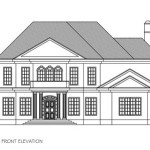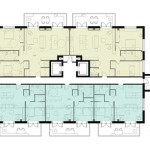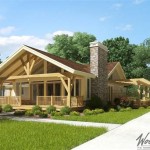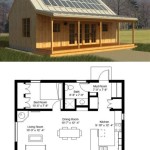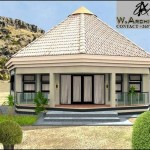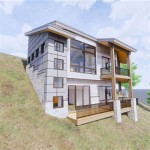Essential Considerations for Four-Story Building Plans
Planning a four-story building requires meticulous attention to essential aspects that ensure structural integrity, functionality, and compliance with building codes. Here are the key elements to consider when designing four-story building plans:
Structural Design
The structural design is paramount in ensuring the stability and safety of the building. Factors to consider include:
* Foundation Type: The foundation system must be strong enough to support the building's weight and withstand the soil conditions. * Framing Material: Steel, concrete, or wood framing can be used, depending on factors such as cost, durability, and seismic requirements. * Lateral Resistance: The building must be designed to resist lateral forces such as wind and earthquakes. This can be achieved through shear walls, moment frames, or bracings.Space Planning
Efficient space planning is crucial for maximizing functionality and occupant comfort. Key considerations include:
* Floor Plan Layout: The floor plan should accommodate the intended use of each space, ensuring logical flow and adequate circulation. * Room Sizes and Proportions: Rooms should be sized and shaped appropriately for their intended purpose, providing ample space and natural light. * Vertical Circulation: The design should include stairs, elevators, or ramps to ensure convenient vertical movement between floors.Building Envelope
The building envelope includes the exterior walls, roof, and windows, which play a vital role in energy efficiency, weather resistance, and thermal comfort. Factors to consider are:
* Exterior Wall Construction: Walls should be designed to provide structural support, thermal insulation, and moisture resistance. * Roofing System: The roof must be waterproof, durable, and energy-efficient, considering factors such as slope, materials, and drainage. * Windows and Glazing: Windows should provide natural light and ventilation while controlling heat gain and loss.Mechanical Systems
Mechanical systems ensure the comfort and functionality of the building. These include:
* Heating, Ventilating, and Air Conditioning (HVAC): The HVAC system should provide a comfortable indoor environment by controlling temperature, humidity, and air quality. * Plumbing: The plumbing system should provide water supply, drainage, and sanitary facilities for the occupants. * Fire Protection: Fire protection systems, such as sprinklers, alarms, and smoke detectors, are essential for safety.Electrical Systems
Electrical systems provide power and lighting for the building. Considerations include:
* Electrical Distribution: The electrical system should be designed to distribute power safely and efficiently throughout the building. * Lighting: Lighting systems should provide adequate illumination for different spaces, considering factors such as energy efficiency and aesthetics. * Fire Alarm and Security Systems: Fire alarm and security systems are essential for safety and security.Compliance with Building Codes
Building plans must adhere to local building codes and regulations. These codes ensure the safety, accessibility, and energy efficiency of buildings. Compliance requirements include:
* Structural Safety: Ensuring the building meets seismic, wind, and other structural requirements. * Fire Safety: Incorporating fire-resistant materials, fire sprinklers, and exit strategies. * Accessibility: Providing accessible entrances, restrooms, and elevators for individuals with disabilities. * Energy Efficiency: Complying with energy efficiency standards such as insulation requirements and window performance.Sustainability
Sustainable building practices aim to minimize environmental impact and reduce energy consumption. Considerations include:
* Energy-Efficient Design: Utilizing energy-efficient materials, appliances, and lighting systems. * Renewable Energy: Incorporating solar panels or other renewable energy sources. * Sustainable Materials: Selecting materials that have a low environmental impact and contribute to indoor air quality. * Waste Reduction: Implementing waste management strategies to reduce construction and operational waste. By carefully considering these essential aspects, architects and engineers can create four-story building plans that meet structural, functional, safety, and sustainability requirements. These plans will result in buildings that are safe, comfortable, energy-efficient, and compliant with building codes.
4 Story Building Compact Layout W 2 Br S Laundry And Terrace Family House Plans Apartment Floor

4 Story Townhomes Townhouse Floor Plans Urban Row House Plan Designe Home Design

110 4 Story Th Plan Ideas How To Floor Plans House

Urban Townhome Floor Plans Town House Development Row Construc

Vacation Home Plans For 4 Story With Lots Of Outdoor Spaces

Apartment Plan J0124 13 4b 4plex Plansource Inc Duplex Floor Plans Small Building

Brownstone Homes Townhome Design Luxury Town Home Floor Plans

Four Story Office Building Floor Plan Layout Details Dwg File Cadbull

Four Story Residential And Commercial Building Floor Plan Details Dwg File Cadbull

Builder Preferred 5 Plex Modern Style House Plan 9086


